Recently we have noticed many manufacturers building direct links to specific-use machines. The engineers at Honda are no different. Starting with the truly innovative Pioneer 700 and 700-4, Honda has shown a renewed interest in taking the company’s off-road offerings to every market. In a small town in Kentucky on a championship off-road racer’s private testing grounds, we had the opportunity to see the next “Ride Red” machine take flight. We give you the 2015 Pioneer 500.
A 475cc four-stroke engine that comes to life via fuel injection powers the 2015 Pioneer 500. This powerplant is coupled to an automatic transmission that seamlessly puts the power to the trails. The Pioneer 500 engine comes from Honda’s Foreman 4x4 and is redeveloped to fit the format of the Pioneer 500. Coupled to a five-speed automotive-style transmission the overhead-valve, single-cylinder engine’s power is plenty for the Pioneer 500’s 1,010-pound weight. As expected, the engine is water-cooled and should keep the temps in check on the slower trails. We had no issues during our daylong ride. The Pioneer 500 offers full-time 2WD and 4WD, which is changed via a gate-style shifter just to the right of the steering wheel. Reverse is also included and is as simple as downshifting while pulling out on a panel-mounted lever under the dash. Our most exciting feature was the steering-mounted paddle shifters that began to bring out the competitive side in everyone on hand. Shifting through the gears was also an exciting task, as a light push or pull on the big paddle shift lever gets you moving. It was, however, very easy to downshift when you really wanted to upshift, but after a few minutes we figured the system out.
Looking at the Pioneer 500 you might first notice the narrow width; Honda’s goal was to make a machine that could fit between the wheel wells of a pickup truck but also would take up very little space in the garage or small storage building. This narrow width also opens access to many trails where things get really tight or where trail width is choked down to the 50-inch mark. The Pioneer 500’s 9.6 inches of ground clearance allows the machine the ability to travel over rocky terrain or rutted out trails. Looking at the suspension we only found 5.9 inches of wheel travel both front and rear, and this might look limited on paper, but this machine uses every inch very well. As for hauling payload, the rear rack will carry 450 pounds, and the preload-adjustable gas-charged shocks help handle the heavier weight. Curiosity made us wonder why the traditional bed was replaced with a rack, but looking at general use and purpose for the P500, this rack might work better. The towing ability of this machine is a stated 1,000 pounds from the rear receiver, and with one super-low first gear to get you rolling, it pulls like an ox. Getting the machine slowed or even stopped was not an issue with Honda’s 200mm front disc brakes and 170mm discs on the rear. Being fully loaded with cargo could be a different story altogether though.
Jumping inside the new Pioneer 500 is very comfortable and surprisingly spacious for two riders. Looking around the controls you’ll find a digital dash that informs you of information about the P500 during the ride. The individually sculpted seats and diamond-plate-style embossing on the floor adds to the feeling of security and comfort in this Pioneer 500. The three-point seat belt harness will most definitely keep you in the cushions. For a taller rider it seemed the shoulder mount for the harness could be moved up just a bit, or maybe a strain relief could be added to make the ride a bit more comfortable. The doors on the Pioneer 500 worked well, and the protective netting is attached to the door, which swings out when the door is opened for easier access.
As I mentioned, our testing grounds were set up by a national champion, and we had the opportunity to ride there in the mountains of northern Kentucky. The track that had been laid out featured many turns, tight woods, root-filled off-camber uphill sections, as well as throttle-pinning straights. The trails ran along a large river and crossed small streams, so variety of terrain as well as conditions were all there for a great ride. The Pioneer 500 took on every challenge and came out in style. Obviously the suspension limits handing just a bit, but this little SxS worked very well with what it was given. The paddle shifting made this machine very enjoyable, and it helps the Pioneer 500 get your heart racing. This Pioneer 500 is fun on the trail and ready to work when you need it.
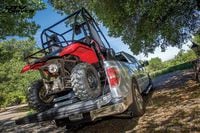
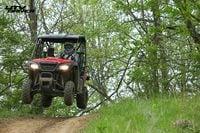
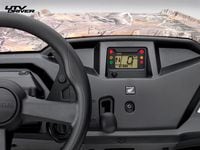
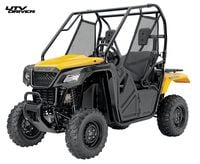
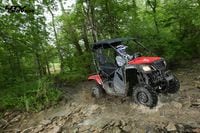
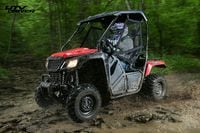
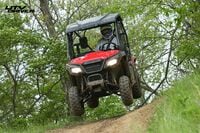
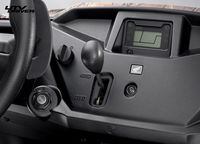
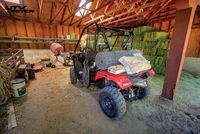
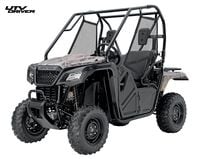
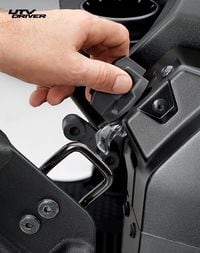
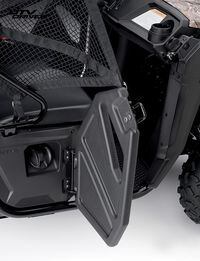
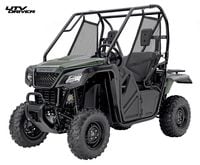
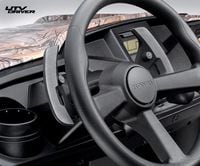
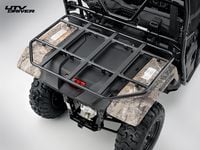
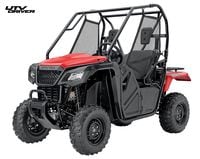
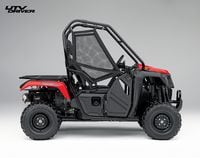
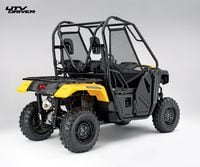
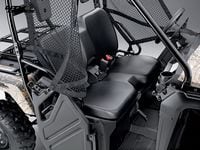
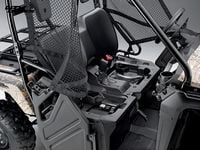
/cloudfront-us-east-1.images.arcpublishing.com/octane/SMDWOCPOYNEHNNXL5QL5VPPRG4.jpg)
/cloudfront-us-east-1.images.arcpublishing.com/octane/J2MLNX3MWFCA7E52CHDN5YAILA.jpg)
/cloudfront-us-east-1.images.arcpublishing.com/octane/TNMUTBHBUFDRBAWLDWBH5EL35U.jpg)
/cloudfront-us-east-1.images.arcpublishing.com/octane/EATMLXAWTJEAZOYNJTOW6IO4AY.jpg)
/cloudfront-us-east-1.images.arcpublishing.com/octane/E7TOQVNY2NBM5L5DSXANKV5Z4M.jpg)
/cloudfront-us-east-1.images.arcpublishing.com/octane/ZJCY24BWVRAB7M6KFZA3Z4QLCM.jpg)
/cloudfront-us-east-1.images.arcpublishing.com/octane/M3HUV3GFMZAFTOR72QKPEC34L4.jpg)
/cloudfront-us-east-1.images.arcpublishing.com/octane/UD3XNQH5QZDOTB4BKXX6R4PXUQ.jpg)

/cloudfront-us-east-1.images.arcpublishing.com/octane/REJ2EETGWVH6LGTZUOPXOOK4WY.jpg)
/cloudfront-us-east-1.images.arcpublishing.com/octane/XCWFSMSPV5F7XK5ETOXRBTSFS4.jpg)
/cloudfront-us-east-1.images.arcpublishing.com/octane/YZE6OAM6FRBBTM2U2DIJSMBRGM.jpg)
/cloudfront-us-east-1.images.arcpublishing.com/octane/SHTR7M4TV5ESXBA73GVOHCYRQI.jpg)
/cloudfront-us-east-1.images.arcpublishing.com/octane/ZADELMILE5GTXHLBO2EXWIAJE4.jpg)
/cloudfront-us-east-1.images.arcpublishing.com/octane/I2ED2W36VJH6HGICH6FOMY5ZYQ.jpg)
/cloudfront-us-east-1.images.arcpublishing.com/octane/HT3XGLJSEFBSRLHWJEUPZNTQSU.jpg)
/cloudfront-us-east-1.images.arcpublishing.com/octane/NXLTGGAR2NHC3HSDKY2N7SFWDY.jpg)
/cloudfront-us-east-1.images.arcpublishing.com/octane/WQJIUZODZREHBKWXYXUHZI6RGY.jpg)
/cloudfront-us-east-1.images.arcpublishing.com/octane/RJER6CF5FFD2LGX6PNUIA6CEWY.jpg)
/cloudfront-us-east-1.images.arcpublishing.com/octane/ZVLLLXZFPRCGZLXFPARBCK4BP4.jpg)
/cloudfront-us-east-1.images.arcpublishing.com/octane/F2UCBWT45RGG3L34MHYHANAEQU.jpg)
/cloudfront-us-east-1.images.arcpublishing.com/octane/BB7LAKEW4FAF5CY4WYSNFSAED4.jpg)
/cloudfront-us-east-1.images.arcpublishing.com/octane/GK4XPWIV2ZFX7EIZXYLLWHAGBI.jpg)
/cloudfront-us-east-1.images.arcpublishing.com/octane/Y2JY65R67ZGUDLOFYKA6IKMFEA.jpg)